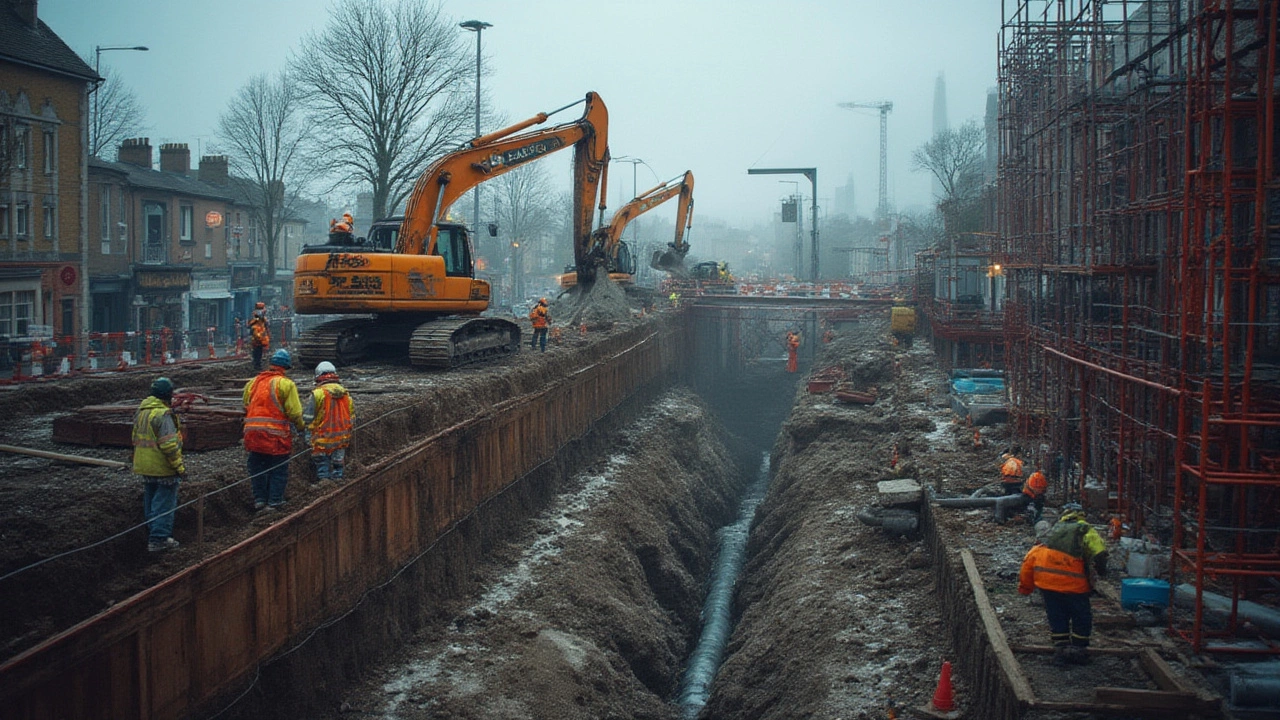Infrastructure Projects: Practical Tips and Real‑World Guidance
When you hear the term “infrastructure projects,” you might picture highways, bridges, or big office blocks. In reality, the phrase covers everything from a new kitchen fit‑out to a full‑scale commercial development. The good news? No matter the size, the same basic steps help keep a project on track, on budget, and safe.
First off, get crystal clear on the goal. Are you fixing a cracked foundation, installing a new boiler, or building a brand‑new home? Write down the main outcome, the deadline, and the budget range. This simple list becomes the north star you’ll check against at every stage.
Plan Like a Pro: Scope, Permits, and Budget
Start with a scope of work. Break the project into bite‑size tasks – demolition, rough‑in, finishes, inspections – and note who’s responsible for each. A well‑defined scope stops surprises later on.
Permits are non‑negotiable. Whether it’s a foundation repair or a commercial office fit‑out, the local council or building authority will need paperwork. Get those approvals early; waiting until the last minute can stall the whole job.
Budgeting isn’t just a numbers game. Include a contingency of 10‑15% for hidden costs – unexpected soil issues, extra wiring, or material price swings. When you see a quote that seems too low, it probably is. Ask for a detailed breakdown so you know exactly where every pound goes.
Choose the Right Team and Materials
Hiring the right tradespeople makes all the difference. Look for licensed plumbers, certified electricians, and experienced builders who specialize in the type of work you need. Check references, ask for recent project photos, and confirm insurance coverage.
Material selection also impacts durability and cost. For foundations, a high‑grade cement mix resists cracking better than standard blends. For roofing, weigh material life‑span against upfront price – a metal roof may cost more now but saves on maintenance later. When you match the right material to the job, you protect your investment.
Communication is the backbone of any infrastructure effort. Hold a kickoff meeting, set up regular check‑ins, and keep a shared log of decisions and changes. Use simple tools like a spreadsheet or a free project‑management app to track progress and flag issues before they become problems.
Finally, don’t skip the final inspection. A certified inspector will verify that work meets code, that all safety measures are in place, and that you’re ready to occupy or use the space. Signing off on a clean inspection means peace of mind and protects you from future liability.
Infrastructure projects can feel daunting, but breaking them into clear steps, budgeting wisely, hiring qualified crews, and staying on top of permits and inspections turns complexity into confidence. Whether you’re a homeowner tweaking a bathroom or a developer launching a commercial block, these basics keep your project moving forward without unwanted surprises.


